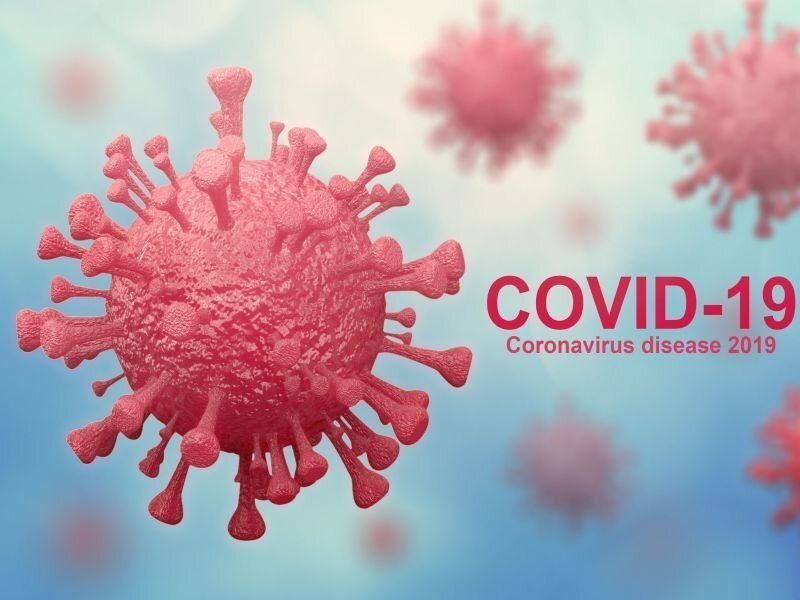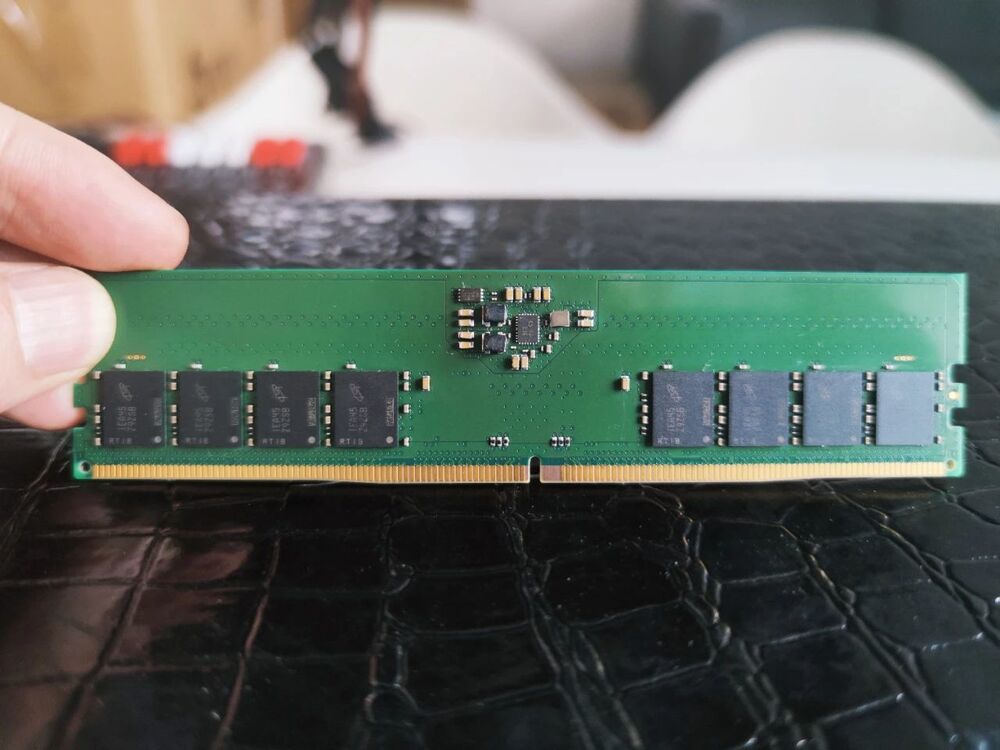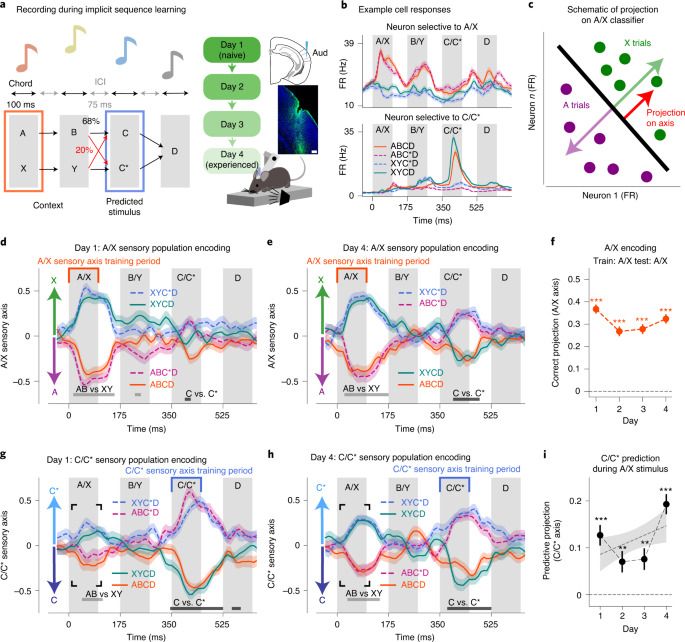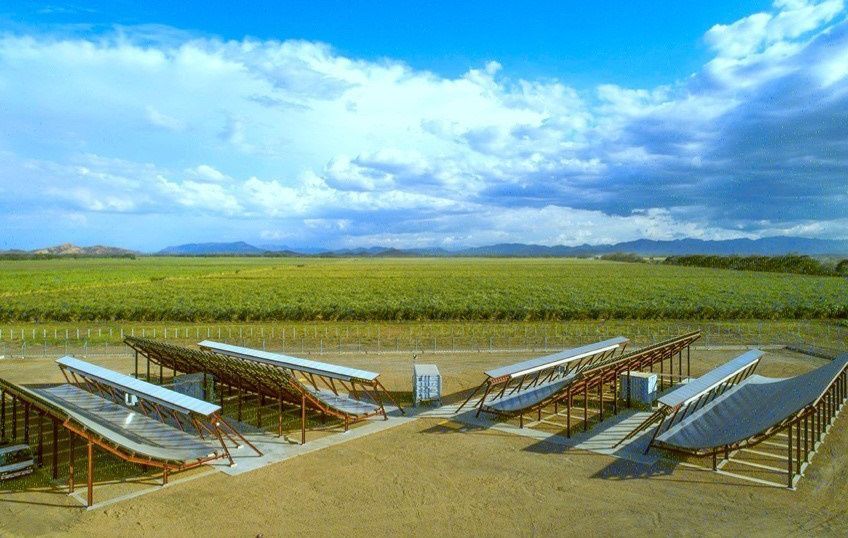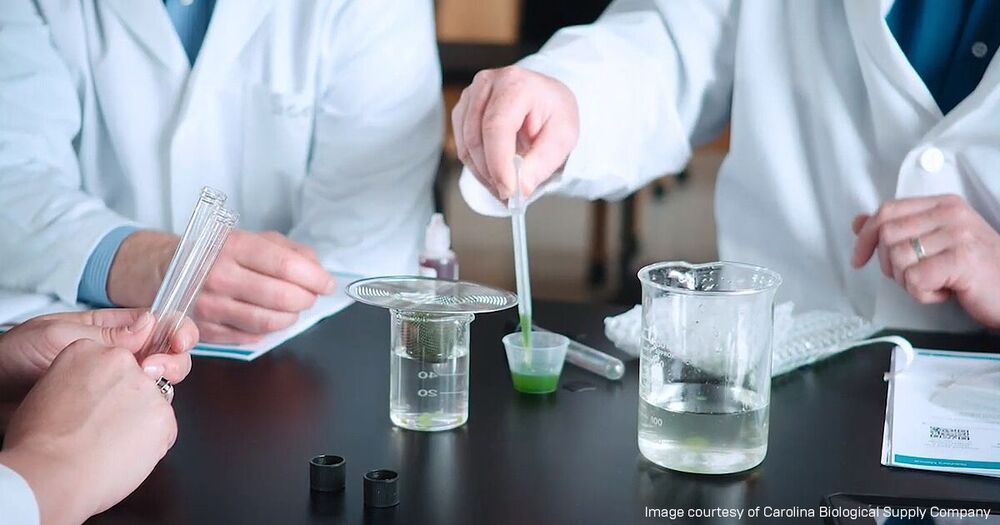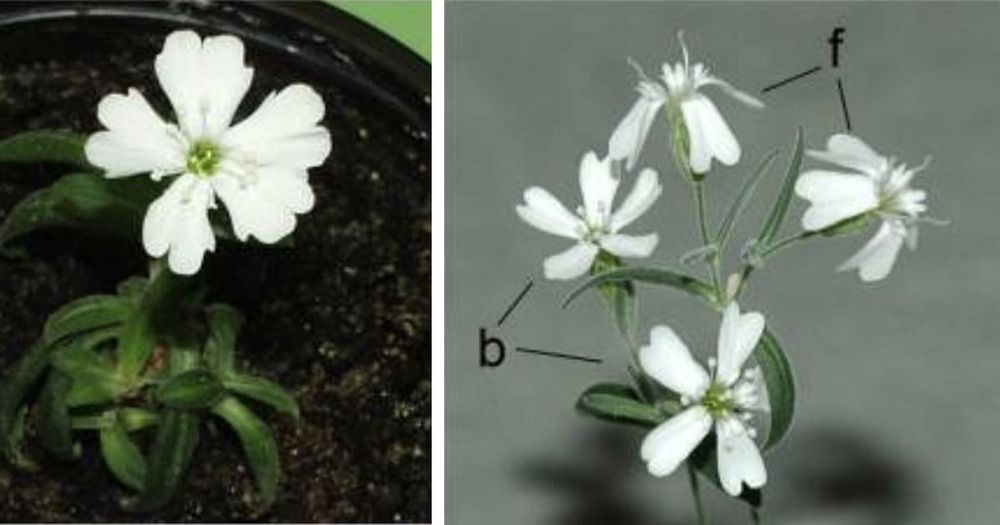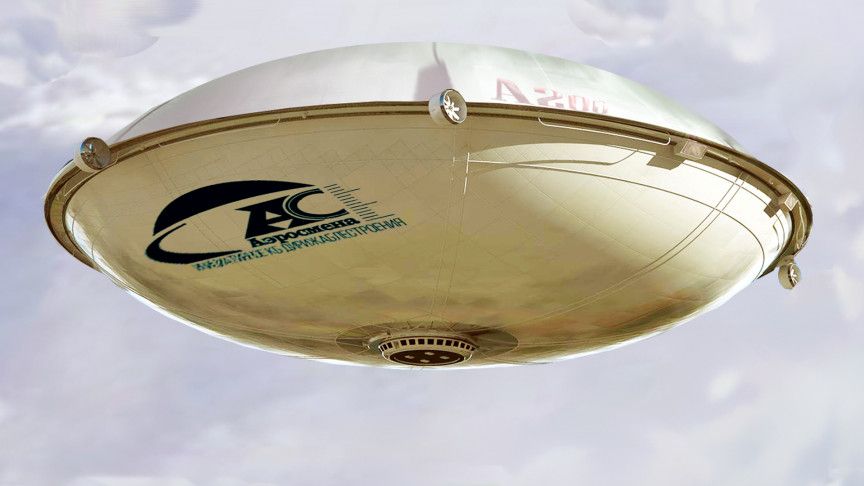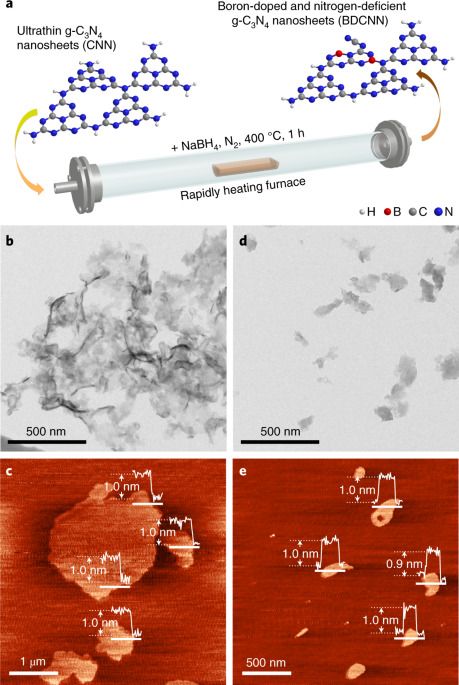Two important sars-cov-2/covid-19 links.
~~~
An experimental COVID-19 vaccine could potentially provide universal protection against future COVID variants as well as other coronaviruses—maybe even the ones responsible for the common cold. And it’s dirt cheap—less than $1 a dose, researchers say.
The vaccine targets a part of the COVID virus’ spike protein that appears to be highly resistant to mutation and is common across nearly all coronaviruses, said senior researcher Dr. Steven Zeichner. He is a professor of pediatric infectious disease with the University of Virginia, in Charlottesville.
In animal studies, the COVID vaccine protected pigs against two separate diseases caused by two types of coronavirus, COVID-19 and porcine epidemic diarrhea virus (PEDV), according to results published online recently in the Proceedings of the National Academy of Sciences.
